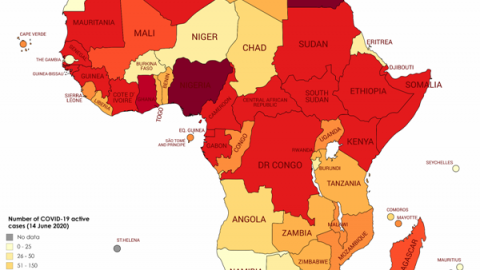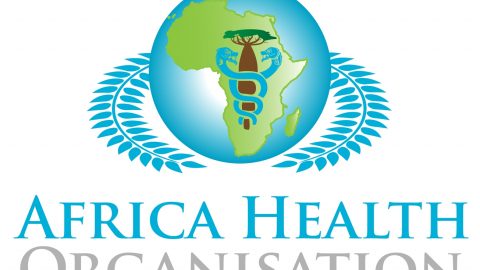Mapping of COVID-19 Across Africa by AHO
Written by Francesca Jacklin (UCL)
Despite growing concern that COVID-19 may have a devastating impact in regions with fragile healthcare systems, case numbers in Africa have not escalated at the same exponential rate seen in other parts of the world. As of June 14th, Africa have almost 170,000 confirmed cases, representing just 2% of the world’s total cases.
In an attempt to understand the progression of the pandemic, Africa Health Organisation (AHO) has been monitoring and produced maps visualising key statistics breaking down COVID-19 cases and deaths across the continent. It is vital that the effects of the virus in Africa are realised quickly, so that measures can be taken to prevent their healthcare systems becoming overwhelmed.
Total COVID-19 cases across Africa
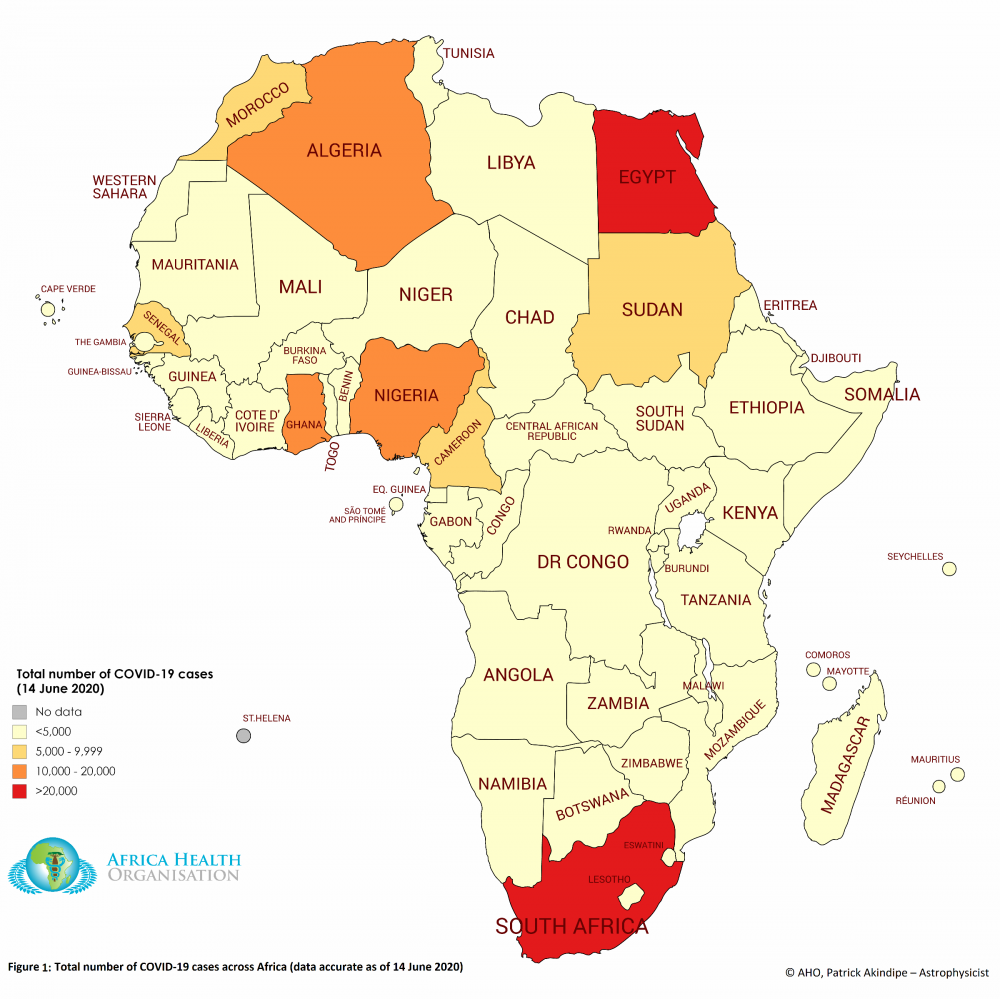
Figure 1: Total number of COVID-19 cases across Africa (data accurate as of 14 June 2020)
The maps show that the virus has hit the continent relatively heterogeneously. But in general, the levels of cases and deaths are far fewer than many expected, considering Africa accounts for approximately 17% of the world’s population.
Looking at the total number of COVID-19 cases across Africa, it is clear that South Africa is the worst-affected country on the continent, with over 70,000 total reported cases. Egypt is also badly affected, with 50,000 cases, and Algeria, Ghana, and Nigeria each have between 10,000 and 20,000 cases. However, most other countries are lightly coloured on the map, with fewer than 5,000 infections.
The irregular pattern of spread around distant hotspots is likely due to concentration of the pandemic around capital cities, as a result of transmissions from international flights from Europe. Differing population densities and varying lockdown strategies across the region are also likely to be contributing factors to the uneven distribution.
Total COVID-19 deaths across Africa

Figure 2: Total number of COVID-19 deaths across Africa (data accurate as of 14 June 2020)
Despite having almost 170,000 total cases, all countries excluding South Africa and Egypt, have less than 1,000 deaths, and in most cases, less than 500. In fact, the entire continent has approximately 4,000 COVID-19 deaths in total (data correct as of July 14th).
It may be speculated that these low death rates could be due in part due to Africa’s previous experience with outbreaks of infectious disease, including the recent Ebola outbreaks. As soon as the first cases were reported on the continent, many African countries, including Rwanda and Uganda, took swift and firm action to introduce lockdown measures and contain the spread, while many European countries were still dismissive of the pandemic.
Africa also has a remarkably young population compared with the rest of the world, with approximately 60% of their population under 25 years old. The novel coronavirus is known to disproportionately affect the elderly, with 95% of COVID-19 deaths in Europe occurring in people over the age of 60. Africa’s young demographic may be protecting it from the high death rates seen in older populations.
Total COVID-19 recoveries
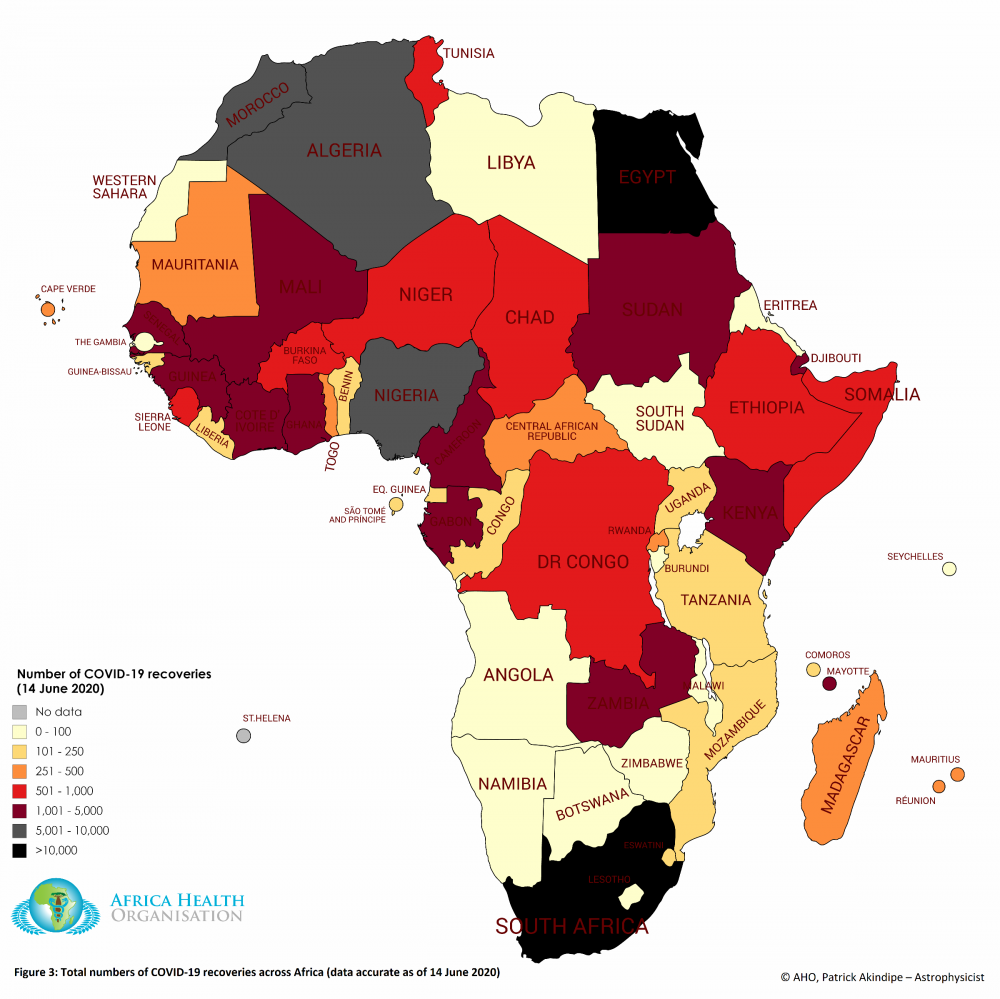
Figure 3: Total number of COVID-19 recoveries across Africa (data accurate as of 14 June 2020)
The low death rates observed across Africa are mirrored by promising recovery rates, shown in the map above. Badly affected countries across Northern and Central Africa have high levels of recovery, which shows great promise for Africa and their response to the global pandemic. The high rates of recovery suggest that Africa is experiencing less severe cases of the disease, which may be due to their young population, and a possible saviour for their healthcare systems.
Total COVID-19 cases per 1 million people
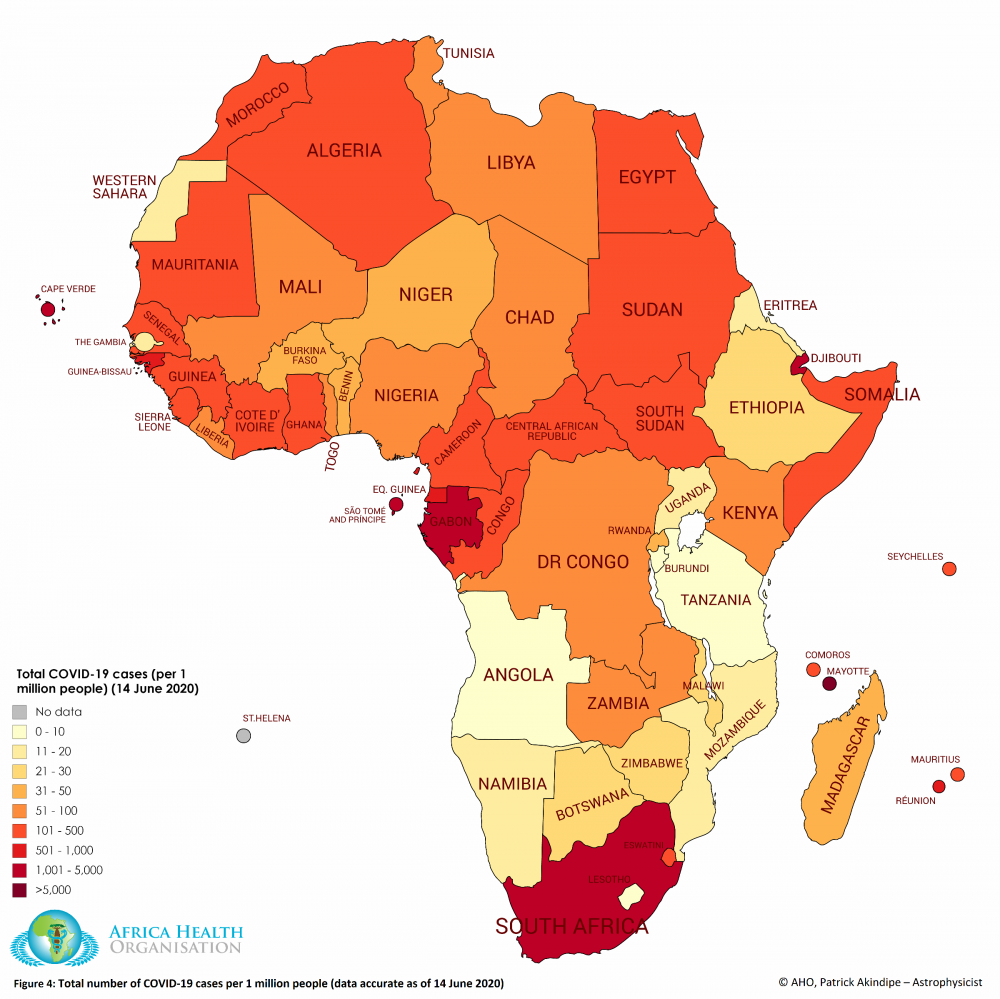
Figure 4: Total number of COVID-19 cases per 1 million people (data accurate as of 14 June 2020)
It is useful to consider COVID-19 cases in Africa in terms of number of cases per 1 million people, as population densities differ significantly across the continent. The map above shows that many countries in Northern Africa are experiencing similar levels of cases compared to their respective populations, with hotspots in particularly dense populations, such as in South Africa.
It is important to note that there are concerns around a lack of testing around the continent, which could be artificially lowering case numbers. However, there is little evidence to suggest that hospitals are being overwhelmed and that there are more serious cases than officially reported. Community-based surveillance has been vital for reporting early infections, and data has been largely collected from influenza sentinel sites in 28 African countries.
Total COVID-19 deaths per 1 million people
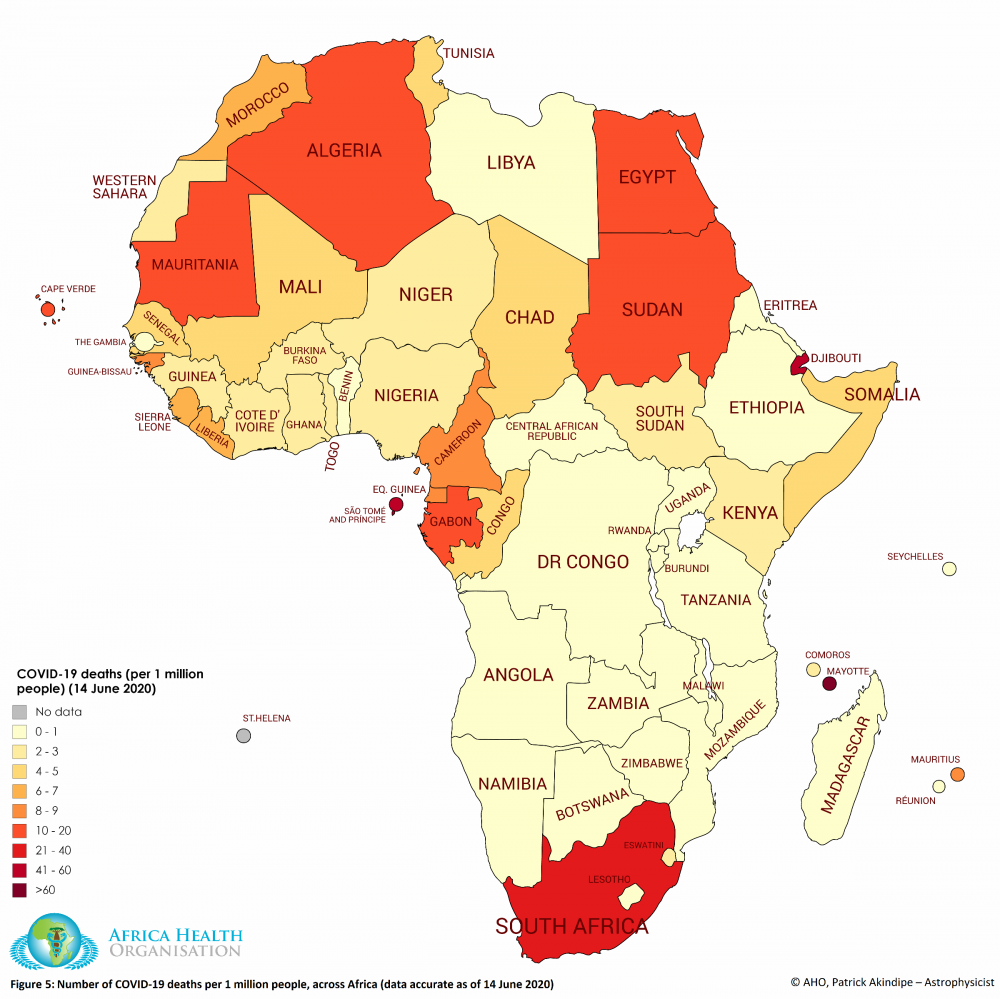
Figure 5: Number of COVID-19 deaths per 1 million people (data accurate as of 14 June 2020)
Perhaps the most striking and positive insight that can be gained is the low death rates in Africa compared to the rest of the world. While many countries in Europe and North America are experiencing hundreds of deaths per 1 million people, most African countries are seeing fewer than just 20 deaths per 1 million people. Although this is promising news for Africa, there is no room for complacency, especially with the number of confirmed cases at a steady increase.
Number of active COVID-19 cases in Africa

Figure 6. Number of active COVID-19 cases across Africa (data accurate as of 14 June 2020)
Visualising the number of active cases is extremely useful, as it gives an insight into the current situation across the continent. While most cases seem to be concentrated in hotspots in South Africa, Egypt, and Nigeria, countries in Eastern and Central Africa which had previously been reporting very few cases, are now seeing higher levels of COVID-19.
Most African countries are now experiencing community transmission with accelerating case numbers, and there is a risk that the virus could spread further into Southern Africa. In order to track the progression of the pandemic accurately throughout the continent, it is important that testing is made accessible in both urban and rural areas, and cases are reported as quickly as possible so that resources can be pooled and concentrated.
Impact of COVID-19 in Africa
The full extent of the pandemic in Africa is yet to be fully understood, and COVID-19 may have wider-reaching impacts on other aspects of health in Africa. While as yet there is little evidence to suggest how SARS-Cov-2 (the virus that causes COVID-19 disease) may interact with other diseases like malaria, TB, and AIDS, there are worries that disruptions to vital preventative and therapeutic services for these communicable diseases may have lasting impact. It is therefore essential that accurate measurements and mapping of the current outbreak is continued so that efforts and resources can be optimised and focussed.
The collective effects of the pandemic may also reach far beyond the immediate health impacts, with indirect implications on a number of socio-economic and humanitarian factors. These include, and are not limited to, a lack of medical supplies, food insecurity, and loss of income and livelihood. With potential interruptions to various agricultural supply chains, the nutrition of whole communities is put at risk, and farmers need support to ensure that vulnerable groups are protected.
It is also essential that human rights are kept at the forefront of discussions around the impacts of COVID-19. Misinformation around COVID-19 and those who test positive for the virus has spread rapidly on social media platforms, fuelling acts of discrimination and violence. It is essential that the pandemic does not undermine efforts to promote social unity, and networks are put in place to support those negatively impacted by the outbreak.
Although there is good news for Africa, with low death rates and high recovery rates, the continent is experiencing increasing case numbers, the continent may face wider social issues caused by the pandemic. Therefore, measures should be taken to curb the spread, and also ensure that strategies are put in place to protect the health and socio-economic stability of African communities.
What AHO is doing about COVID-19 in Africa
AHO are working tirelessly to monitor the outbreak in Africa. They are carrying out surveillance and analysing data to assess the situation, and identify areas where support can be provided. AHO is also providing essential advice, information, and guidance to African citizens, as well as coordinating with partners to form a unified response. To help countries prepare for and overcome the pandemic, AHO are helping to distribute vital personal protective equipment (PPE), carry out COVID-19 testing, and increasing supplies to healthcare systems. By managing expert networks and getting vital resources to regions in need, AHO are doing everything in their power to mitigate the effects of the current outbreak and support vulnerable African citizens.
Written by Francesca Jacklin, UCL
Maps by Patrick Akindipe, Astrophysicist,
AHO Press Office, Harare, Zimbabwe, email: info@aho.org
© Africa Health Organisation (AHO), 20th June 2020

President's Statement on COVID-19
20th June 2020
President's Office, Harare, Zimbabwe
AHO President Statement on COVID-19 and Africa
COVID-19 knows no borders. It is impacting every country and threatens the health, lives, and livelihoods of people around the world. What started as a health challenge is now also developing into an economic crisis. Over the past five months, the coronavirus pandemic has spread to more than 100 countries and has pushed our world into what I call “virgin territory”.
Although Africa is the least-affected region globally in terms of the number of cases and death reported, the race to prepare is on. We have been monitoring COVID-19 in Africa since it was first detected on the continent back in mid-February 2020. As of 17 June 2020, our analysis suggests that the total number of confirmed COVID-19 cases from 55 African countries has reached 259,110, with 7,017 deaths.
To date, Africa has just 1.5% of the world’s reported cases of COVID-19, and less than 0.1 percent of the world’s deaths. However, these numbers do not paint the full picture. Based on our data, ten out of the 55 countries are driving the rise in numbers, accounting for nearly 80% of all the cases. More than 70% of the deaths are taking place in only five countries: South Africa, Egypt, Nigeria, Algeria, and Ghana. South Africa is the most affected, accounting for 25% of the continent’s total cases. South Africa has reported 76,334 cases, with 1,625. Other most-affected countries include Egypt (47,856 cases), Nigeria (17,148), Algeria (11,147), and Ghana (12,193).
Thankfully, Africa appears to have so far been spared the scale of outbreaks we have seen in other regions. Africa’s knowledge, and experience of suppressing infectious diseases has been critical to rapidly scaling up an agile response to COVID-19. Countries across Africa have garnered a great deal of experience from tackling infectious diseases like polio, measles, Ebola, yellow fever, influenza, and many more. Moreover, early response by African countries show promise that numbers will remain low. But if we lose sight of continuous monitoring, COVID-19 could easily overwhelm our region’s health facilities.
While COVID-19, thus far, seems controlled, the continent’s ability to test for the virus remains limited, which could hinder primary care health workers from being able to identify those with the virus. Despite this, we at AHO have also kept track of the recoveries made in the region. Current management of the pandemic gives hope, especially when we look at South Africa, Egypt, Nigeria, and Algeria. These countries were amongst the most affected.
Many assumed that Europe and North America would cope, while Africa would be swamped. The data collected at AHO indicates that the opposite has occurred. It is possible that our region’s youth is paying dividend and contributing to fewer deaths. But now is not the time to be lulled into complacency. We must remain vigilant and continue positive progress. I want to reemphasis that our health systems are fragile and could cripple with a sudden surge in cases.
In the end, there is no telling how long it will take to bring the COVID-19 coronavirus under control, or how many people will be affected. But AHO plans to work with African governments, in cooperation with communities and international actors, to take the steps now to limit the damage – and lay the foundations for a healthier, more resilient future.
Graciano Masauso, President
Written by Zach Malik
Office of the President, AHO Media Office, Harare, Zimbabwe, email: info@aho.org

All Downloads including maps and AHO Logos

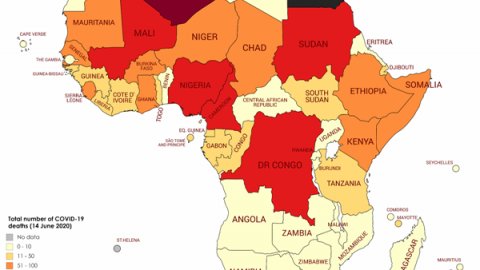
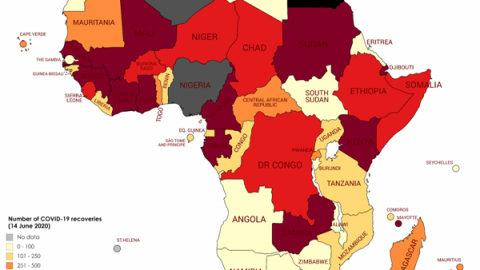
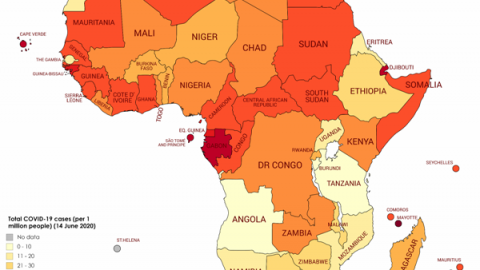
Figure 4: Map showing total number of COVID-19 cases per 1 million people in Africa
Download
Download
